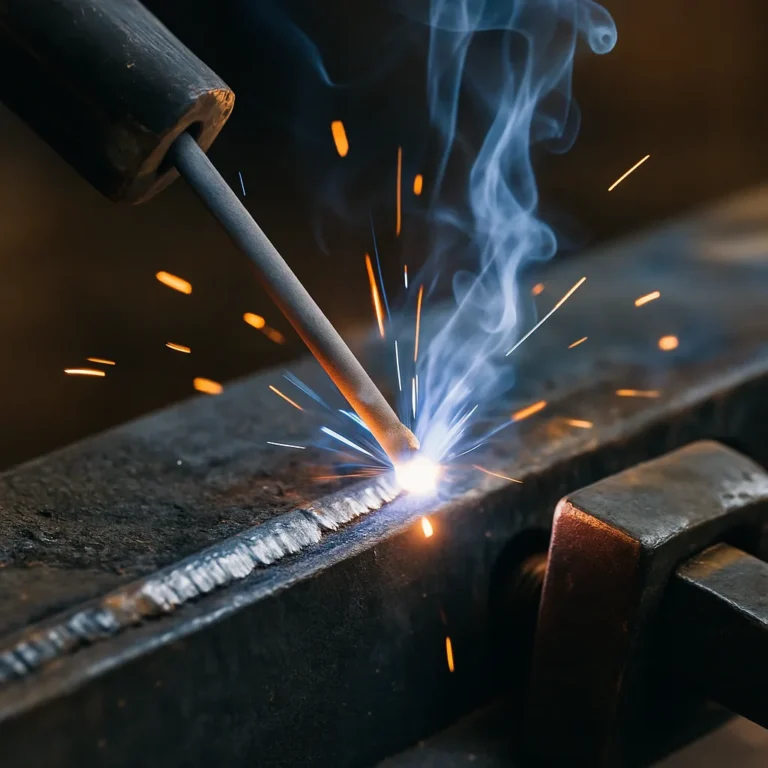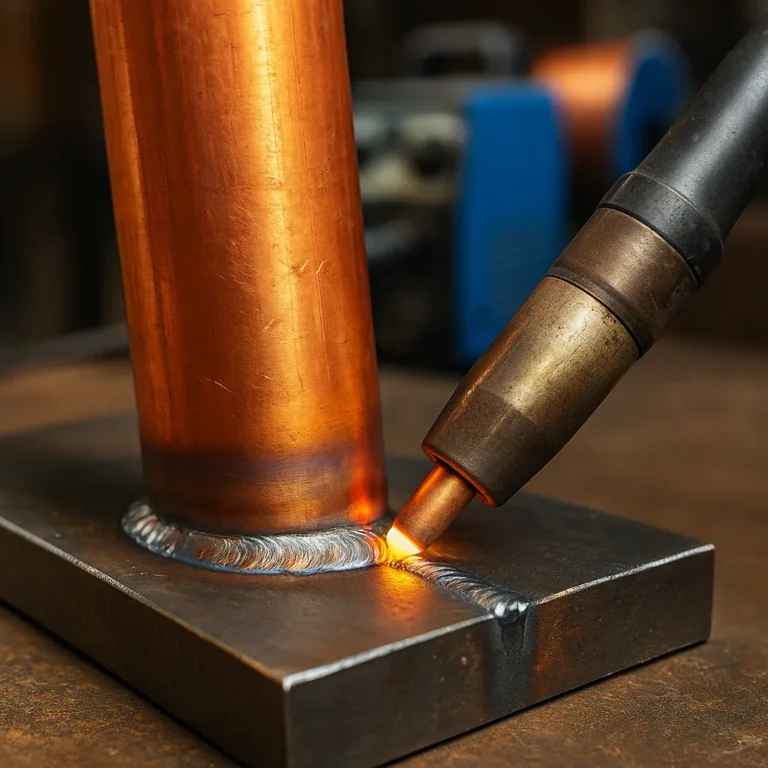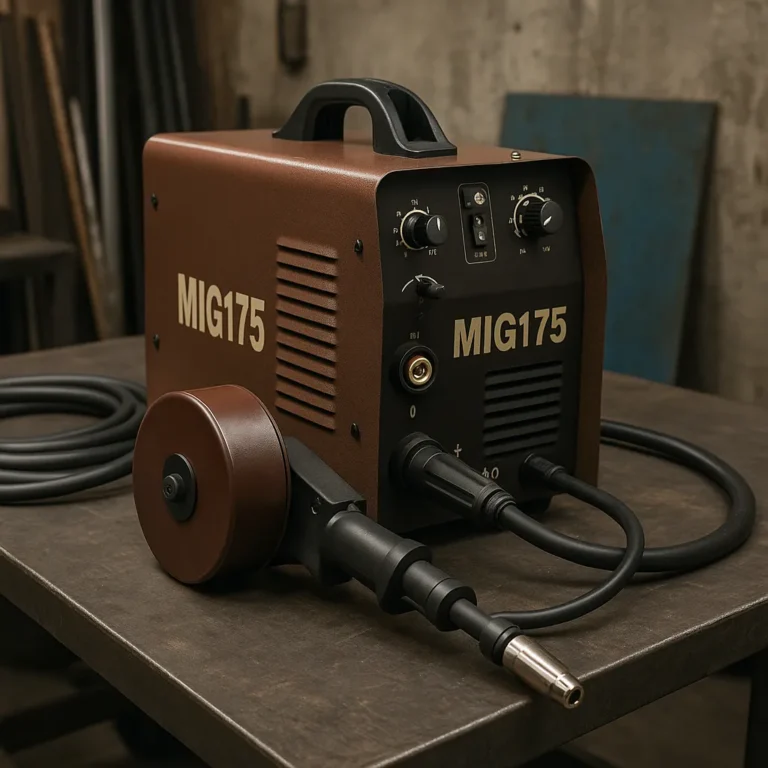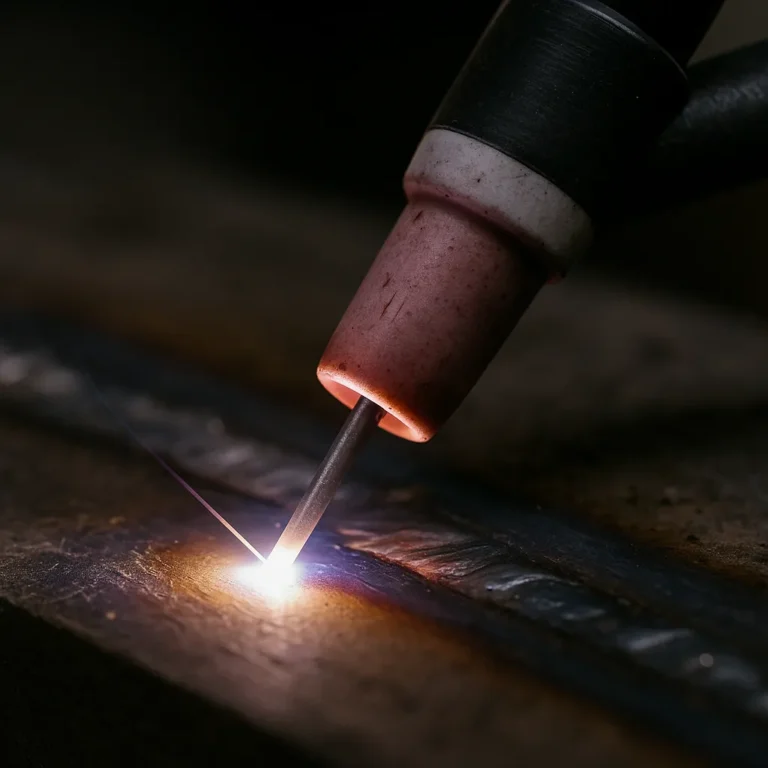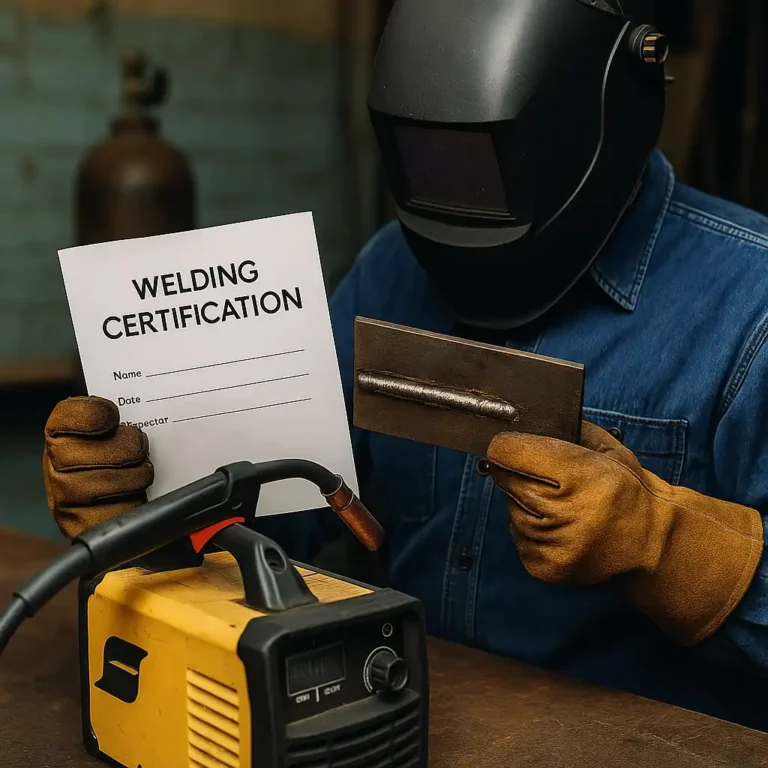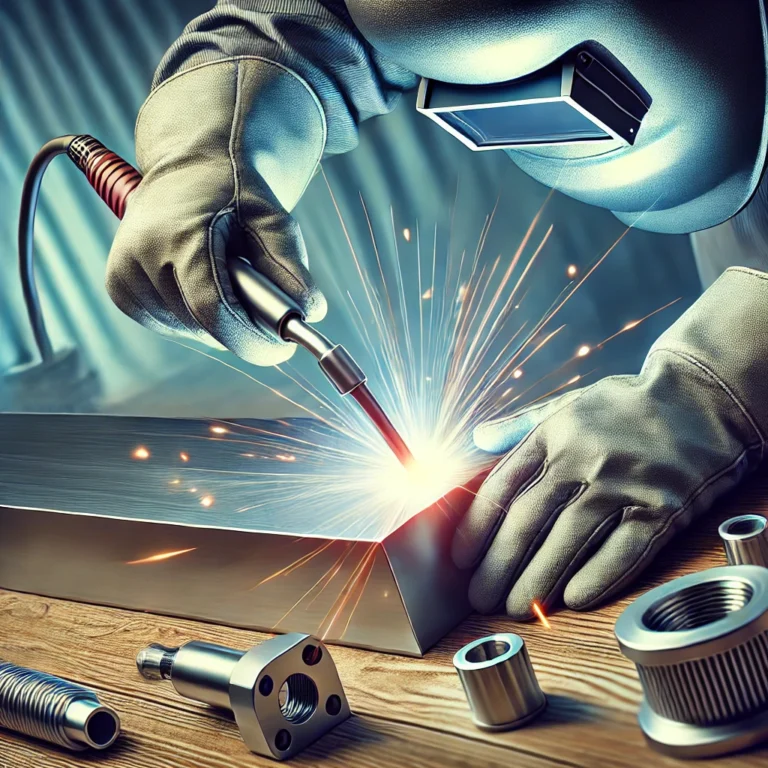Can You Weld a Car Frame with a MIG Welder Safely
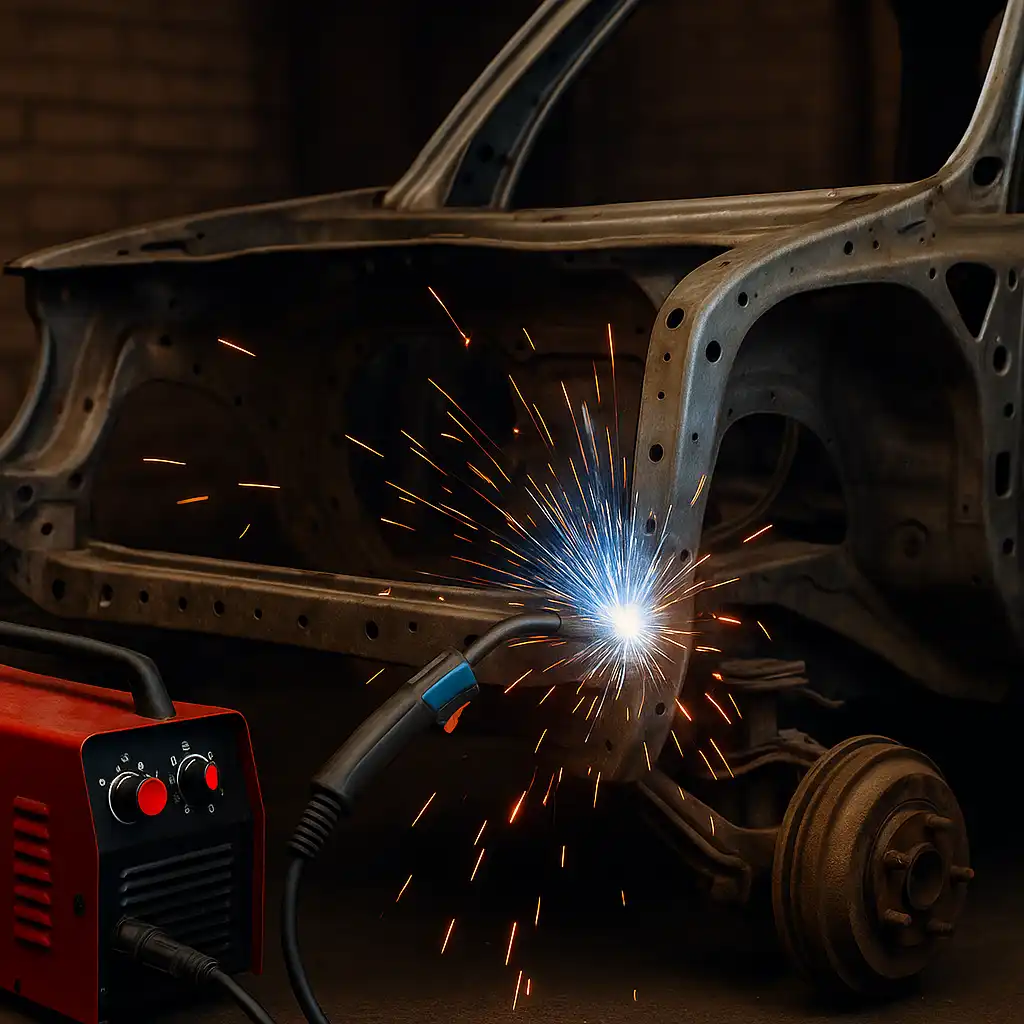
If you’re tackling a car project in your garage and wondering if a MIG welder can handle frame work—the short answer is: yes, it can, but there’s a lot more to it than just firing up your machine and laying down a bead.
Whether you’re restoring an old truck or building a custom off-road rig, welding on a car frame needs the right equipment, prep work, and technique. Let’s break down what to expect and how to get solid, safe results.
What Kind of MIG Welder Do You Actually Need?
Not all MIG welders are strong enough for frame work. Most car frames are made of thicker steel than body panels, and that means you’ll want a 220V MIG welder, ideally with at least 180 amps of output.
If you’re just patching sheet metal or tacking brackets, a smaller 110V unit might be fine. But for welding frame rails or structural components, you need something that can handle 1/4″ steel without struggling.
According to guys in auto welding forums, dual-voltage welders are a solid choice for people switching between bodywork and frame repair. And if you’re aiming for clean welds, use shielding gas (like 75/25 Argon-CO₂) instead of flux-core wire. Flux-core works outside or in a pinch, but it’s messier and not ideal for structural welds.
Prep Is Everything
Before you even strike an arc, you’ve got to clean and prep the metal. Remove rust, paint, and grime from both sides of the joint. Bevel thick steel where needed, and use .030″ or .035″ wire for solid penetration.
A lot of DIY welders start with test welds on scrap steel before touching the actual frame. Smart move. It helps you dial in the right settings and get a feel for the joint.
You’ll also want to weld in short bursts to keep heat under control. Car frames can warp if overheated, especially around suspension mounts or tight corners. Tack first, make sure everything is aligned, then go back and finish the welds in sections.
Is It Safe to Weld a Car Frame?
This is the big one.
Yes, you can weld a frame—but you’ve got to do it right. These parts take constant stress, especially under load or during impacts. Poor welds here aren’t just ugly—they’re dangerous.
That’s why a lot of builders reinforce their welds with fish plates or boxed sections, especially when welding new material into an old frame. If you’re working on a street-legal vehicle, check your local laws too—some places require certified frame repairs, especially after an accident.
A common approach in the garage scene is to handle minor repairs, like welding in custom brackets or mounts, but leave critical framework to a pro unless you’re confident in your skill (and your welds).
What About TIG or Stick Welding?
MIG is the go-to for most garage fabricators because it’s fast and forgiving. But it’s not your only option.
TIG gives you cleaner, more precise welds, especially on tubing or chromoly frames. The downside? It’s slower and takes more skill—and not everyone has the patience (or the foot pedal coordination).
Stick welding is rougher but gets the job done on thick, dirty steel. Some folks use MIG for layout and tacking, then finish with stick when they need deep penetration or have to work outdoors.
That said, MIG is the sweet spot for most people welding car frames in a home garage—especially if your machine is up to the task.
Conclusion
You can absolutely weld a car frame with a MIG welder—but it’s not a casual job. You’ll need the right machine, solid prep work, and a sharp eye on safety.
Use a 220V MIG welder with good power for anything beyond thin panels.
Clean your metal, prep your joints, and weld in sections to avoid warping.
Reinforce your welds if needed, and don’t cut corners—especially on critical spots.
MIG makes it accessible, but the work still demands care, practice, and the right tools. If you’re building a project car or fixing a weekend beater, it’s totally doable.

